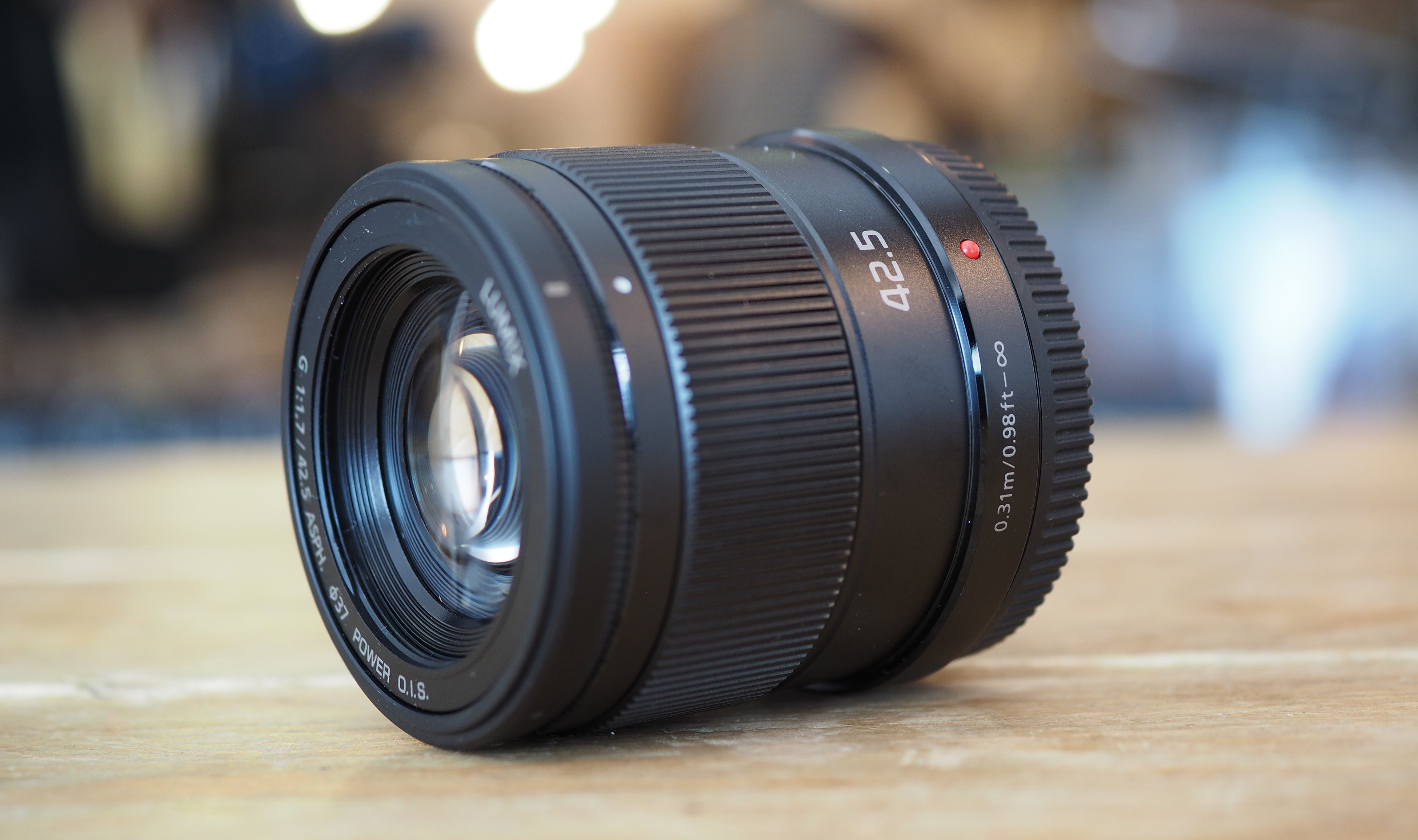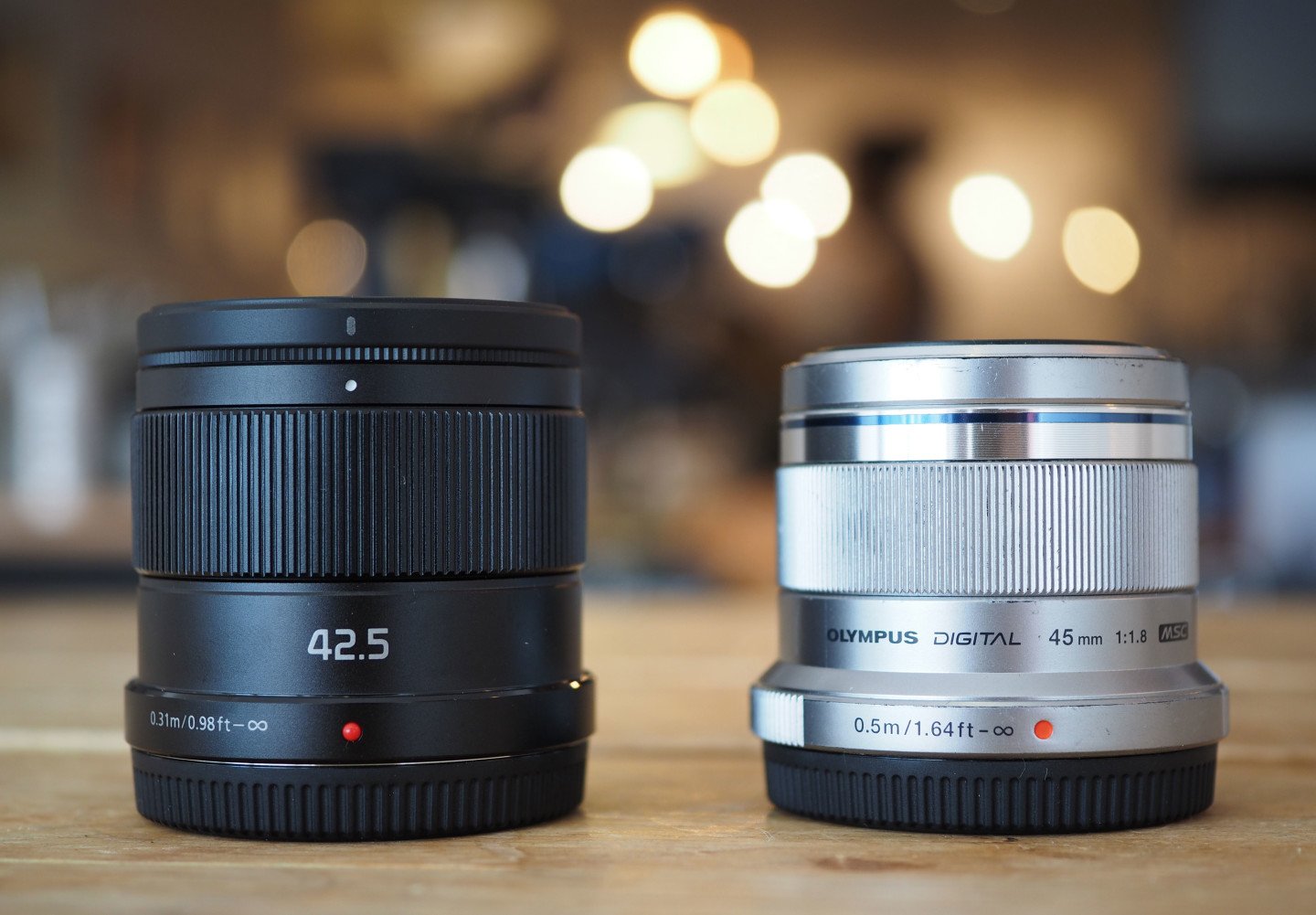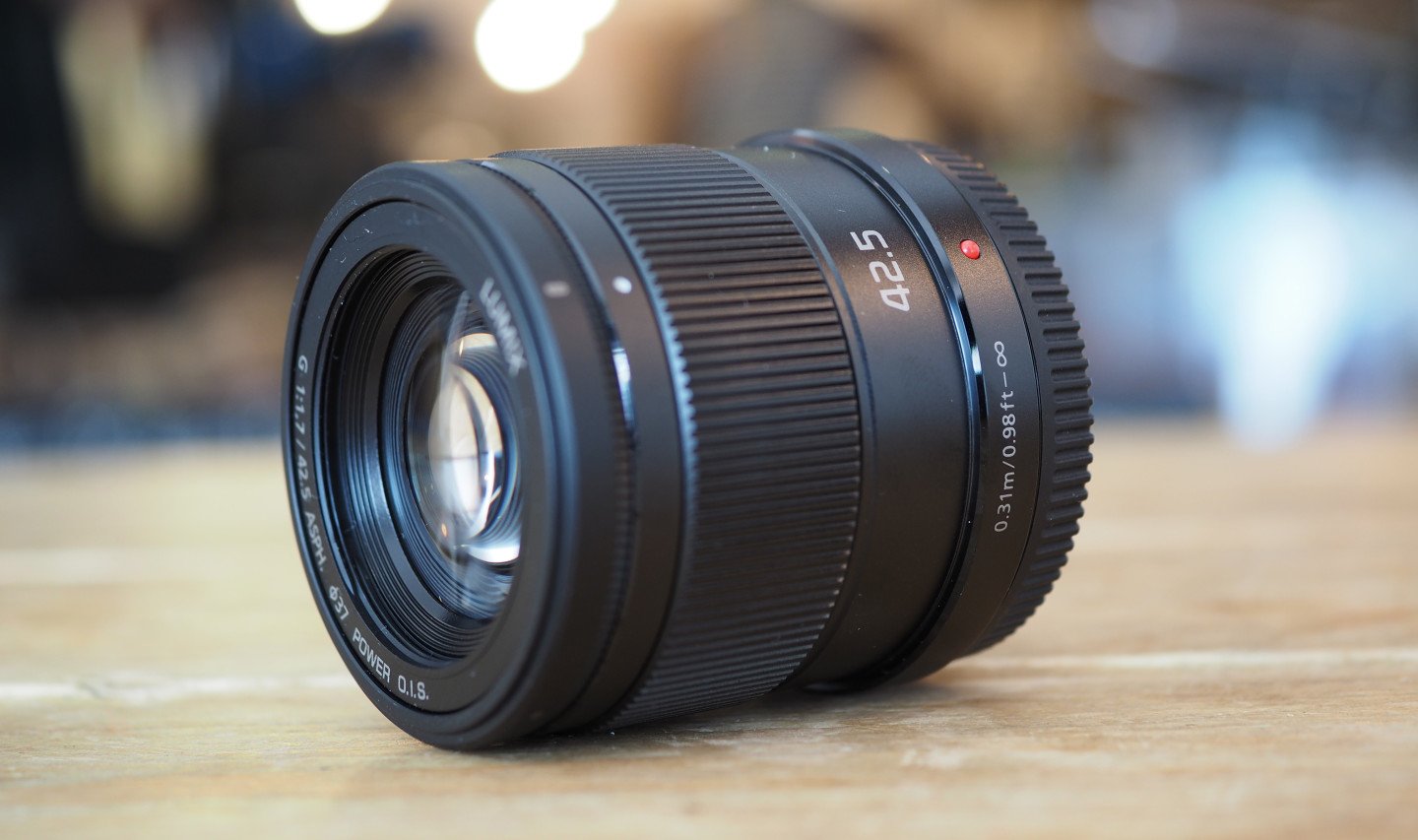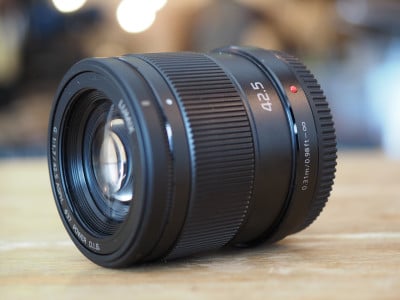
Panasonic Lumix G 42.5mm f1.7 review
-
-
Written by Gordon Laing
Verdict
When Panasonic launched the Lumix G 42.5mm f1.7 lens, I wondered what it could possibly offer beyond the massively popular Olympus 45mm f1.8. After all the Olympus 45mm already embodies everything that’s good about an ideal mirrorless lens: small, light, fast and quiet, while also delivering excellent quality. Indeed I consider the 45mm f1.8 a mandatory part of any Micro Four Thirds collection.
Not only are the focal length and aperture of the new Lumix G 42.5mm f1.7 very similar to the Olympus, but in the flesh it looks almost identical too. So what’s the point? Well, to cut to the chase, the Lumix G 42.5mm f1.7 is very sharp, right into the corners even at the maximum aperture. In my tests it comfortably out-performed the Olympus 45mm f1.8 in this regard, which only became sharp in the extreme corners when closed-down a couple of stops. The contrast is also very high, again even at large apertures.
An unexpected but very welcome additional advantage is the closest focusing distance, almost twice as close on the Lumix 42.5mm than the Olympus 45mm. This allows the Lumix G 42.5mm to perform double-duty as a close-up lens. Sure it won’t deliver anywhere near the maximum reproduction of a dedicated macro lens, but the closer focusing definitely gives it greater flexibility than the Olympus 45mm and saved me from carrying a separate specialist lens.

I should also add I wasn’t blown away by the optical stabilization on the Lumix G 42.5mm, and in my tests I could handhold at slower shutter speeds when I used the body-based stabilization of the Olympus instead. But it remains an undeniable advantage to anyone who shoots with Lumix G bodies, compared to using the unstabilised Olympus 45mm f1.8 lens.I also personally felt the rendering of blurred areas was a little smoother on the Olympus 45mm f1.8, and specular highlights were also more rounded at the maximum aperture. When the apertures were closed down, the Olympus also delivered crisper starburst effects. You can see comparisons between both lenses on the first page of my review and while the differences are minor, you may prefer one to the other.
While there are small differences in rendering at both ends of the aperture scale, the major things to weigh-up here are the price, closest focusing distance, stabilization and corner quality. If you want sharp results in the corners at wide apertures, then definitely go for the Lumix G 42.5mm f1.7 over the Olympus 45mm f1.8, as there’s no contest. Likewise if you’re a Lumix body owner who wants a stabilized lens, as the Olympus 45mm doesn’t have it. And if you fancy experimenting with macro photography, the Lumix G 42.5mm will also focus a lot closer than the Olympus and may eliminate the need to buy and carry a dedicated macro lens. You can see the flexibility of this lens in the four examples below.
Lumix 42.5mm f1.7 in use (see all my sample images) | ||
 |  | |
 |  | |
In terms of price, it depends where you live and whether Olympus is doing a deal. At their official RRPs, there’s not a lot between them, and if this is the case where you are, then I’d go for the Lumix lens. But the Olympus 45mm f1.8 is an older lens which frequently finds itself discounted or promoted as part of various deals. In some cases I’ve found the Olympus costing less than two thirds the Panasonic lens, and at that price it’s hard to ignore.
The bottom line? Despite my initial fears the Lumix G 42.5mm would have little to differentiate itself against the Olympus 45mm f1.8, it’s ended-up becoming another valuable addition to the Micro Four Thirds catalogue. It comfortably out-performs the Olympus in contrast and sharpness in the extreme corners and throws in the added bonuses of closer focusing, a lens hood and optical stabilisation for Lumix G body owners. The mid-forty focal length may now be even busier than before in the range, but the 42.5mm f1.7 carves itself a compelling position and represents a step-up from the popular 45mm f1.8 in many respects without breaking the bank.
Summary
Good points
Sharp across the frame even at maximum aperture.
Close focusing distance allows respectable macros.
Very compact and light body. Lens hood supplied.
Optical stabilization reduces wobbles on Lumix bodies.
Bad points
Stabilisation provided modest compensation in my tests.
Starburst diffraction not as defined as Olympus 45mm.
Some fringing with bright point sources on Olympus bodies.
Many MFT owners will already have Olympus 45mm.





